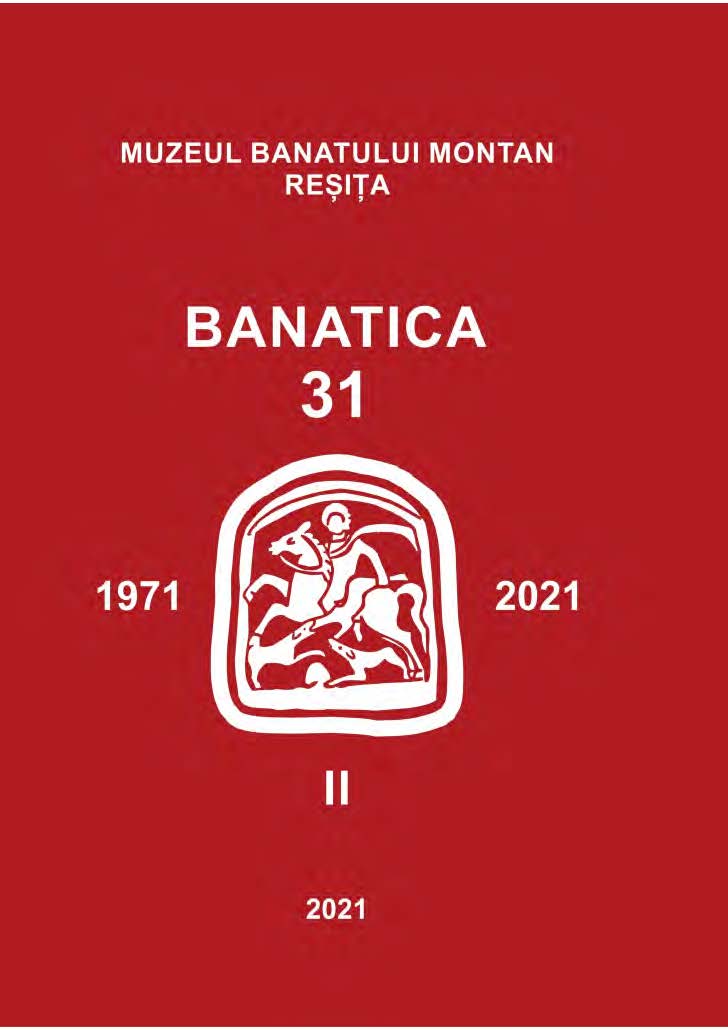FRANZ XAVIER WAGENSCHÖN PICTOR VIENENSIS, AUSTRIAE DISCIPULIS, P. P. RUBENIUS
FRANZ XAVIER WAGENSCHÖN PICTOR VIENENSIS, AUSTRIAE DISCIPULIS, P. P. RUBENIUS
Author(s): Mihaela VlăsceanuSubject(s): Christian Theology and Religion, Cultural history, History of Church(es), Visual Arts, 18th Century, History of Art
Published by: Editura Mega Print SRL
Keywords: Franz Xavier Wagenschön; Baroque painting; Catholic orders; artistic demand;
Summary/Abstract: The study analises from a comparative perspective the creation of one of the leading representatives of Baroque painting of central – Europe, a Viennese Academy descendant Franz Xaver Wagenschön, in whose creation analogies of Peter Paul Rubens, Michelangelo Merisi da Carravagio, Michelangelo Unterberger, Franz Anton Maulbertsch and Paul Troger can be identified. Pictor Vienensis, Austriae Discipulis, P.P. Rubenius is the identity consecrated by the painter himself when signing his works. This identity is investigated through a series of votive altar paintings commisioned by the Catholic mendicant orders (mostly by the Franciscans) for the churches they erected in urban and rural centres of eighteenth century Banat. As one may observe from the interpretation, Rubens had the greatest influence on Wagenschön, from style to manner and media used, to iconography of apotropaic saints depicted with Baroque scenery and neoclassical vocabulary. This mixture of influences can be attributed to the situation found in the Banat province after the middle of the 1700s, when echoes of the Enlightnement movement penetrated all fields and became a true state policy and when Wagenschön’s creation reached its climax. He decorated altars for the Jesuit church of St. George in Timișoara (St. Ignatius of Loyolla and Alois), votive painting of the main altar of Theresiopol Roman-Catholic church (Vinga, Arad county), main altar votive painting of the Oravița (Caraș county) and side altar painting of the Franciscan monastery of Maria Radna in Lipova. Compositional and chromatic influences, full assimilation of the baroque naturalism from his masters are to be found throughout his entire carieer, in a period when the Catholic church regaines its prestige and becomes the most important recipient of religious works of art.
Journal: BANATICA
- Issue Year: 2/2021
- Issue No: 31
- Page Range: 595-611
- Page Count: 17
- Language: Romanian

